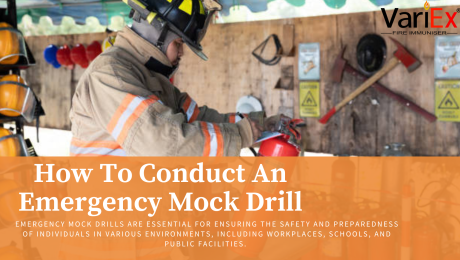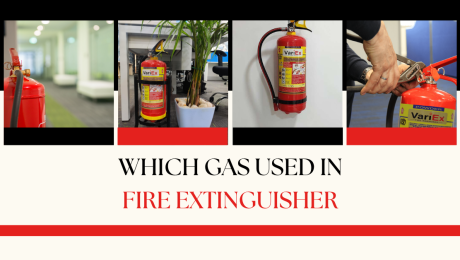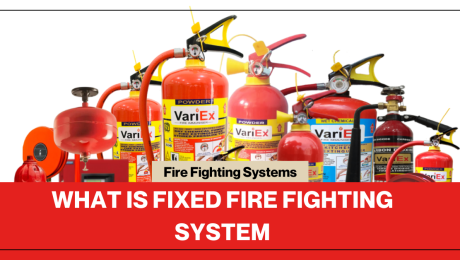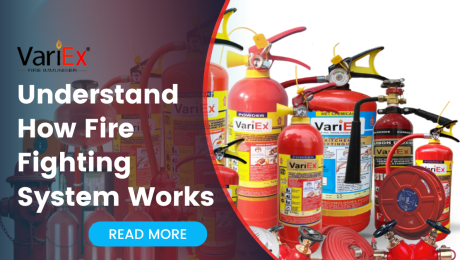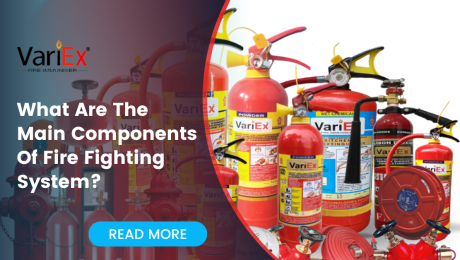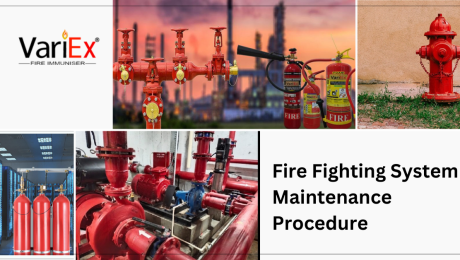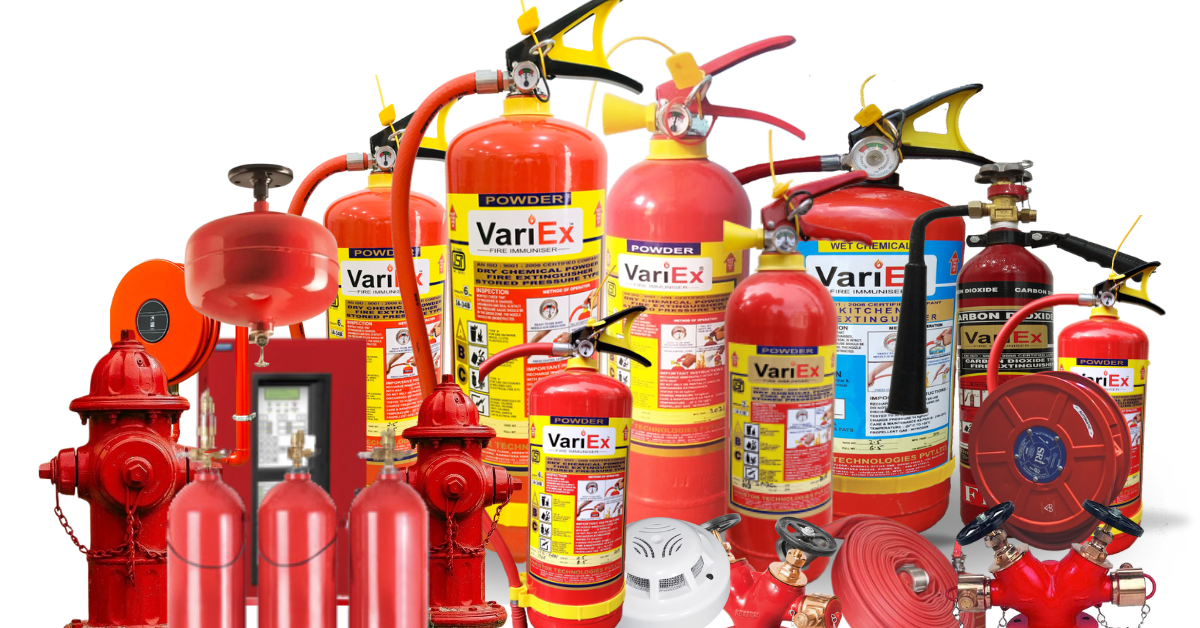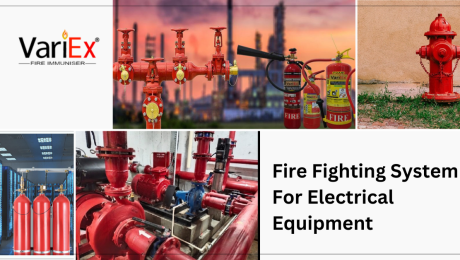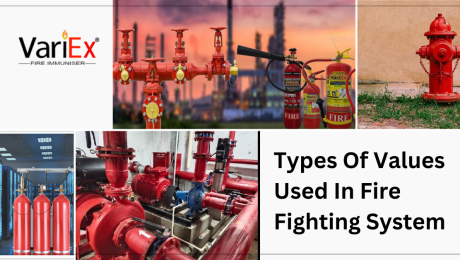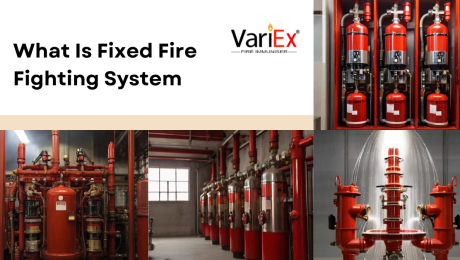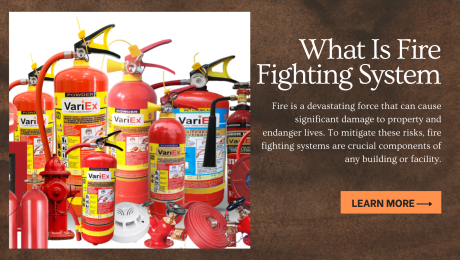In a world where safety is paramount, fire safety brands play a critical role in protecting lives and assets from devastating fires. These brands develop and provide innovative tools, products, and services that ensure preparedness, prevention, and effective response during fire emergencies. Let’s explore what makes fire safety brands indispensable, their offerings, and the key factors to consider when choosing one.
The Importance of Fire Safety Brands
Fire incidents can cause irreparable damage, including loss of life, destruction of property, and severe economic impact. Fire safety brands are dedicated to mitigating these risks by creating solutions tailored to homes, offices, industries, and public spaces. Their goal is not only to prevent fires but also to equip individuals and organizations with the knowledge and tools to respond effectively.
Products Offered by Fire Safety Brands
Fire Extinguishers
Fire safety brands manufacture various types of extinguishers, such as dry chemical, CO2, and foam extinguishers, catering to different fire classes.
Smoke Detectors and Fire Alarms
These life-saving devices alert occupants to fire hazards, enabling timely evacuation. Modern brands integrate smart technologies for enhanced efficiency.
Fire Suppression Systems
Designed for industrial and commercial use, these systems use water, foam, or gas to control and extinguish fires automatically.
Personal Protective Equipment (PPE)
Fire-resistant clothing, helmets, and gloves protect firefighters and individuals in high-risk areas.
Fire Safety Training and Consultation
Leading brands offer comprehensive training programs to teach fire prevention and emergency response techniques.
Choosing a Reliable Fire Safety Brand
Certification and Compliance
Trustworthy brands adhere to international safety standards, such as ISO, UL, and NFPA certifications. This ensures their products meet rigorous quality and safety criteria.
Reputation and Experience
Opt for brands with a proven track record and positive customer feedback. Longstanding experience often reflects reliability and innovation.
Comprehensive Solutions
A good fire safety brand provides end-to-end solutions, including risk assessments, product installation, and maintenance services.
Customer Support
Look for brands that offer robust after-sales support, ensuring timely repairs, replacements, and guidance when needed.
Innovations in Fire Safety Technology
Modern fire safety brands are embracing cutting-edge technologies to enhance effectiveness:
Smart Detectors: IoT-enabled devices send real-time alerts to smartphones or emergency services.
AI-Powered Systems: Advanced algorithms predict potential fire hazards, enabling proactive measures.
Eco-Friendly Suppression Solutions: Brands now offer sustainable options, reducing environmental impact.
Conclusion
Fire safety brands are pivotal in fostering a safer environment for everyone. By offering advanced products, personalized services, and reliable support, they empower individuals and businesses to tackle fire-related risks effectively. Choosing a reputable fire safety brand ensures not just compliance with safety standards but also peace of mind in the face of potential emergencies.
How To Conduct An Emergency Mock Drill
- Published in ERT Training, Fire Extinguisher, Mock Drill
Which Gas Used In Fire Extinguisher
What Is Fixed Fire Fighting System
Understand How Fire Fighting System Works
- Published in Fire Extinguisher, Fire Fighting System, Fire Safety Equipment
What Are The Main Components Of Fire Fighting System?
Fire Fighting System Maintenance Procedure
Regular maintenance of fire fighting systems is essential to ensure their continued functionality and reliability in the event of a fire emergency. This guide outlines the key procedures involved in maintaining fire suppression systems to mitigate risks and protect lives and property.
1. Scheduled Inspections:
- Conduct scheduled inspections of all components of the fire fighting system, including control panels, piping, nozzles, detectors, fire alarms system, and fire extinguishers.
- Inspections should be performed by qualified technicians according to manufacturer guidelines and regulatory requirements.
2. Functional Testing:
- Perform functional tests of the entire fire fighting system to verify proper operation and response.
- Test alarms, detectors, and suppression equipment to ensure they activate as intended.
- Simulate fire scenarios to assess the system’s effectiveness in detecting and suppressing fires.
3. Inspection of Components:
- Inspect piping, valves, and nozzles for signs of corrosion, leaks, or damage.
- Check detectors and alarms for proper positioning, cleanliness, and functionality.
- Verify that control panels and electrical connections are secure and free from defects.
Fire Fighting System For Electrical Equipment
In today’s technologically driven world, the reliance on electrical equipment is ubiquitous, spanning industries from manufacturing plants to data centers and commercial buildings. However, alongside the convenience and efficiency these systems provide, there exists a persistent risk of electrical fires. These fires, often swift and devastating, pose significant threats to personnel safety, property integrity, and business continuity. To address this critical issue, the implementation of comprehensive fire fighting systems specifically tailored for electrical hazards is paramount.
Types Of Valves Used In Fire Fighting System
In the realm of fire safety, the effectiveness of fire fighting systems relies heavily on the proper functioning of various valves. These valves play a critical role in controlling the flow of water, directing it to the areas where it’s needed most during fire suppression efforts. This article delves into the different types of valves used in fire fighting systems, highlighting their functions and importance in ensuring swift and effective response to fires.
What Is Fixed Fire Fighting System
A fixed fire fighting system refers to a comprehensive fire suppression system installed in a building or an industrial facility. It is designed to automatically detect and extinguish fires in their early stages without human intervention. This system typically consists of a combination of sensors, detectors, valves, pipes, and nozzles strategically placed throughout the area to provide effective fire protection. Examples of fixed fire fighting systems include sprinkler systems, gas suppression systems, water mist systems, and foam systems. These systems are crucial in preventing the rapid spread of fire and minimizing damage to property, as well as ensuring the safety of occupants and employees. It is essential to regularly inspect, maintain, and test these systems to ensure their proper functioning when needed.
What Is Fire Fighting System
A fire fighting system is an essential safety measure implemented in buildings to mitigate the risks associated with fire incidents. It comprises a combination of equipment, devices, and procedures designed to detect, control, and extinguish fires effectively. The primary components of a fire fighting system include fire detection and alarm systems, fire extinguishers, fire hydrants, and automatic sprinkler systems. Fire detection and alarm systems are crucial in early fire detection and alerting occupants, enabling them to evacuate the building promptly while the fire is extinguished. Fire extinguishers provide a means to extinguish small fires before they escalate, whereas fire hydrants connect to the municipal water supply and ensure a continuous flow of water for firefighting operations. Automatic sprinkler systems play a critical role in suppressing fires, as they activate automatically when the ambient temperature rises above a predetermined level. Overall, a well-designed fire fighting system is crucial for safeguarding life and property in the event of a fire emergency.


